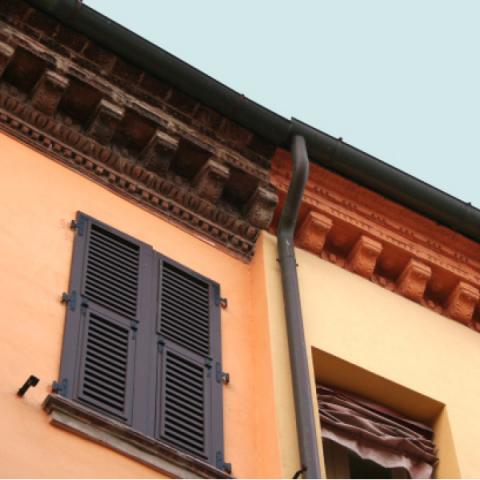keoma.ambrogio_1158
Retrofit energetico e tutela
Nel campo degli interventi di ristrutturazione e di restauro si riconosce un atteggiamento trasformativo che, cercando di rincorrere la massima prestazione possibile, in termini energetici, non sembra garantire le istanze della conservazione dei caratteri di interesse del patrimonio edilizio. Un’analisi più attenta al processo costruttivo e alle sue peculiarità in termini di comportamento energetico, potrebbe restituire indirizzi utili alla progettazione, anche al di là degli stretti limiti normativi, per ottenere edifici culturalmente interessanti e al contempo più performanti.
Energy retrofit and protection
Energy retrofit of existing buildings, as is usually defined, is a widely debated issue in literature, either both scientific and popular works. Particularly for historic and cultural buildings, the energy intervention cannot be promoted in terms of non-conservative transformation and adaptation. It is necessary to promote it as an enhancement with practices and limits similar to, for e.g., the reduction of seismic risk. Within the operative practice of energy retrofitting of existing buildings, as it is generally called, the lack of understanding of the existence of differences within buildings, in terms of materials and construction techniques, generates a widespread and senseless replacement of traditional components. Particularly the building envelope is the victim of those transformations, sometimes without concretely improving the energy performance of the building.
The main objective of conservator architects must be to promote the realization of energy efficiency upgrading interventions of historic buildings combined with a view of improvement and not adjustment. That is possible, following the restoration principles, by balancing the needs of conservation and those of performance.
The degree of unacceptable alteration of the character or appearance of pre-existing buildings, before European legislation and, only later, National one, as discriminant for the application or not of regulatory requirements relating to energy efficiency, is here declined in terms of physiological limit of transformation. If the European and National regulations talk, in particular, about alteration of "historic or artistic characteristics", we are convinced for an extension to the constructive and typological characteristics, both ad important value of basic historical building.
It should be noted finally, that energy retrofit of existing historical buildings cannot be conducted without deep knowledge of all the characters of the construction. The partial operation and reductive tendency of improving the efficiency of the single technological element, without having a clear overall knowledge of the building functioning, does not appear desirable. Therefore, the ‘key factors’ described in the paper are primarily aimed to providing a guide to understanding the many and varied aspects that characterize historic buildings.

